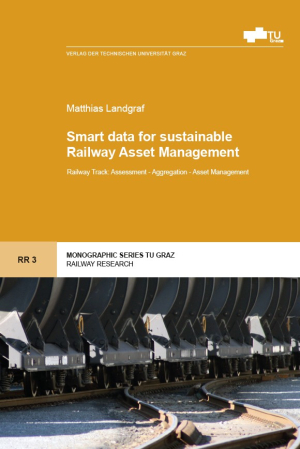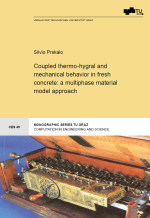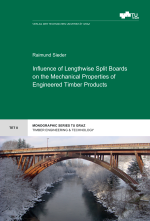Rail infrastructure managers are forced to work sustainably and
efficiently due to increasing cost pressure. Track engineers face
increasing difficulties to legitimate necessary measures owing to budget
restrictions. This requires an objective tool enabling a proper
condition monitoring as well as component-specific, preventive
maintenance planning.
This book presents a condition evaluation of
railway track using innovative track data analyses. Applying functional
knowledge – both IT and railway skills – allows extracting smart data
out of big data for railway asset management. The only required input
data are vertical track geometry and track gauge as already measured and
stored by infrastructure managers using state-of-the-art track
recording cars. Based on a bottom-up approach, this methodology enables
for both establishing net-wide renewal demands and an in-depth
assessment of specific track sections. In this way, planning of specific
renewal and maintenance measures for track sections becomes just as
possible as strategic asset management on a large scale.
Railway Track: Assessment - Aggregation - Asset Management
Issue: Open Access E-Book
ISBN: 978-3-85125-570-6
Scope: 139 pages
Language: Englisch
Release date: October 2018
Series: Monographic Series TU Graz / Railway Research, Issue 3
Rail infrastructure managers are forced to work sustainably and
efficiently due to increasing cost pressure. Track engineers face
increasing difficulties to legitimate necessary measures owing to budget
restrictions. This requires an objective tool enabling a proper
condition monitoring as well as component-specific, preventive
maintenance planning.
This book presents a condition evaluation of
railway track using innovative track data analyses. Applying functional
knowledge – both IT and railway skills – allows extracting smart data
out of big data for railway asset management. The only required input
data are vertical track geometry and track gauge as already measured and
stored by infrastructure managers using state-of-the-art track
recording cars. Based on a bottom-up approach, this methodology enables
for both establishing net-wide renewal demands and an in-depth
assessment of specific track sections. In this way, planning of specific
renewal and maintenance measures for track sections becomes just as
possible as strategic asset management on a large scale.





